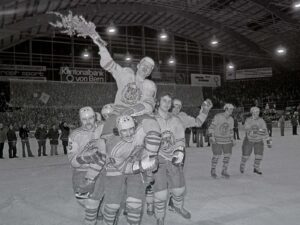
How SCL got its tiger
In 1970, SC Langnau revolutionised Switzerland’s sports landscape. With a little sleight of hand, this village club invented jersey advertising.
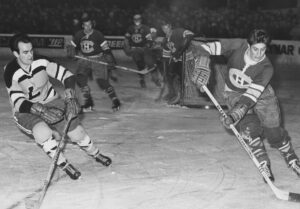

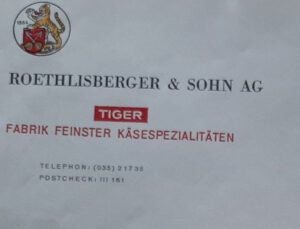
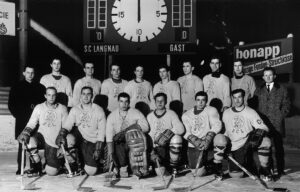
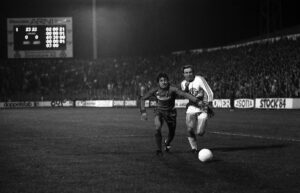
The Langnau team’s one and only championship title, 1976. SRF

In 1970, SC Langnau revolutionised Switzerland’s sports landscape. With a little sleight of hand, this village club invented jersey advertising.




